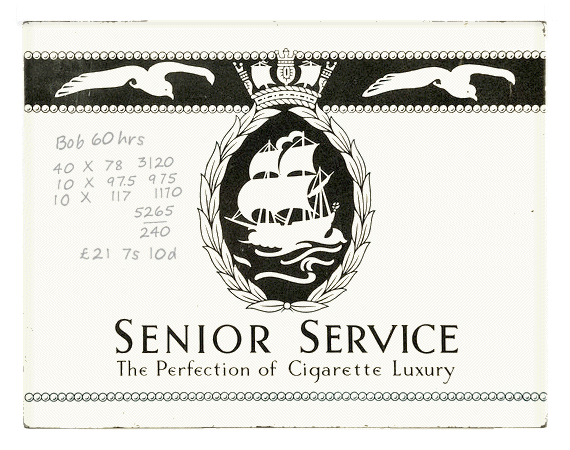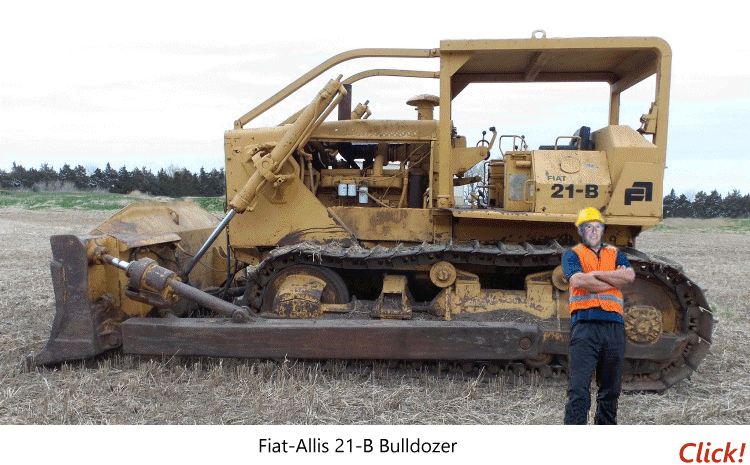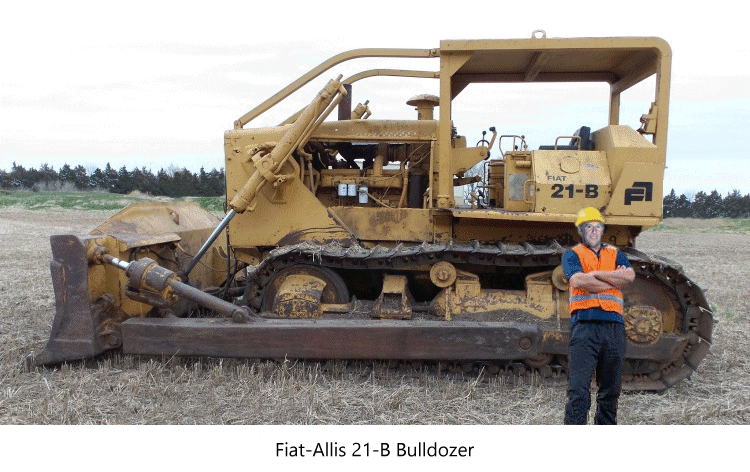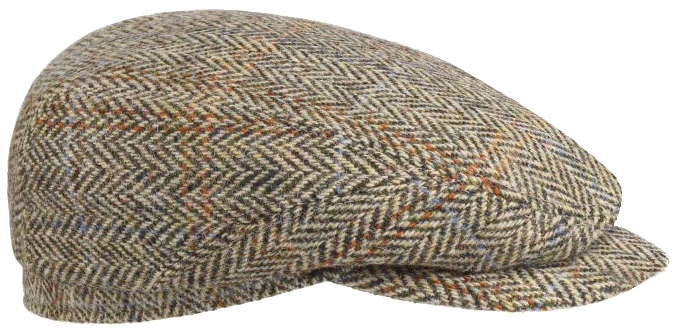![]()
Neville John William Day 7 March 1922 - 26 November 1990
Dad and the Cranes
King's Lynn's Alexandra Dock mid 1960s and work is well underway clearing the site ahead of the major new Roll-on Roll-off essential UK national dock upgrade project.
 Neville Day Plant Hire Ltd are providing men and machinery, including excavators, compressors, generators, thermic concrete cutting lances, dump trucks and bulldozers, amongst other heavy equipment for demolition and for groundworks.
Neville Day Plant Hire Ltd are providing men and machinery, including excavators, compressors, generators, thermic concrete cutting lances, dump trucks and bulldozers, amongst other heavy equipment for demolition and for groundworks.
As with all such both construction and demolition projects, despite best attempts at scrupulous planning and cost control, much gets made up as you go along, as Neville Day, my Stepfather would say.
Thus when the man in the suit and peaked cap approached Dad amidst the dust and fumes and said "Mr Day, see those five cranes behind you. Do you think that your firm could take them down and dispose of them?"
"Likely we could." Replied Dad. Never having tackled anything like demolishing five, fifty ton a piece, rail track mounted and 18 metre tall dockside cranes before.
The customary formality of requesting submission of tenders against detailed specifications seemingly overlooked. Probably in the interests of expediency. Expediency demanded because all the 'suits' in charge had hitherto forgotten about them.
Gathering of crew in the mess cabin for sandwiches and tea at lunchtime produced a cunning plan.
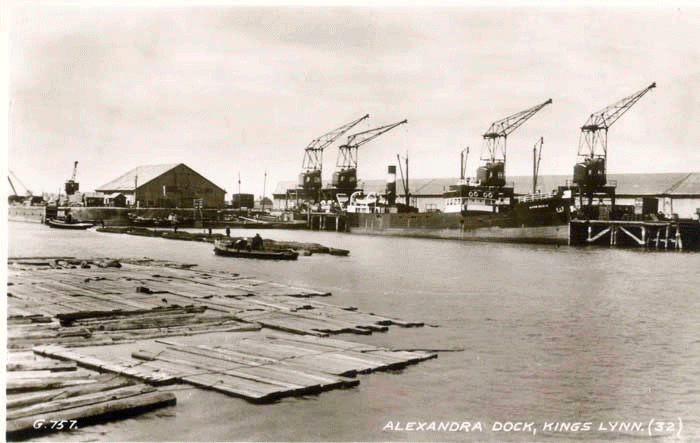
"We could bring in professional steel cutters, mobile cranes, scaffolding, erect barriers and do that in around a month." Or words to that effect, said Dad's understandably prudent and responsible site manager.
"Or we could simply lower the hook on each one, attach it to a hawser and pull each over with the Fiat. When no one is looking. Then cut them up and cart the bits off to Skinners (the local scrap metal dealers)."
"When no one is looking." Germane to the story as Dad went on to explain that the large hole each one would likely make in the dockside as it came down was of no consequence as the dockside was soon to be excavated by us anyway. Providing barriers were erected and someone with a fag packet could work out how far falling 18 metre tall, 50 ton cranes and the burst of steel, cobbles, timber, glass and other debris was likely to fly when they hit the ground, then all should go well. Probably.
Ten am Sunday morning and when most sensible people were busy attending church. Probably not the best or most considerate time to choose to execute the plan and make noises like a war time air raid which could be heard across the whole town and beyond. At least though that meant there would not be too many people around in suits or peaked caps to interfere. And so it came to pass. All did go well.
By the middle of the week following, all traces of the redundant old steel cranes, along with their timber cabins, had disappeared from the site. Dad set to work on the old rusty but trusty Fiat bulldozer to fill in the holes. Lest anyone with a peaked cap should fall in one. Dad was considerate like that.
Peaked cap arrives at the scene and so Dad shuts down the Fiat.
"Mr Day. You haven't yet removed the cables."
"Yes, I was going to talk to you about those." Replies Dad.
"Well kindly finish the job and get rid of them. If you will please.![]() My good man."
My good man."
The cables supplying the cranes were electric DC from the early thirties when the cranes were erected. For non engineers DC means Direct Current and in this case low voltage. As opposed to modern 3 phase AC, alternating current with higher voltage.
These DC cables were largely buried along the dockside from each crane to the transformer shed which once stood at the end of the dock. Around 80 metres away. The cables being low voltage DC were massive, comprising around two and a half inches (65mm) diameter of multiple core, varnished, copper wires, insulated in a concoction of rubber, hemp, tar and anything else even more disgusting after thirty or more years underground. Finally sheathed and sealed in a wound lead wrapping.
So there was about 400 metres in total of this large diameter, heavy, valuable copper and valuable lead sheathed cabling to be 'got rid of', as the peaked cap had ordered. In no uncertain terms and impatiently it seems, with all due haste. You'll probably be beginning to get ahead of me at this point.
The rusty but trusty Fiat is called upon again to drag each cable out and for this to be cut into two or three metre lengths with oxy-acetylene cutting torches and carted away. In a fleet of trucks. Yes. A 'fleet' of trucks.
Carted away but not to Skinners, the local scrap metal merchants. At least not immediately.
"Dirty scrap." As Dad correctly pointed out. The valuable copper, sheathed in valuable lead, was worth only half as much as it would be if it was first separated. Thus the truck loads of cut cable lengths were transported to and tipped into rows of heaps in Dad's largish back garden, in the centre of Dersingham village, eight miles north. Mother was not well pleased. Mother was ignored.
How does one best remove lead sheathing from copper wire bundles? Why, melt it off of course. The alternative of slicing away the disgusting outer pitch and mineral sheathing and then unwrapping the lead would be both arduous and incredibly time consuming. Not to say a little toxic and dangerous. Anyway, Dersingham was used to bonfires. Dad had excuses for lots over the years. His garden in those days fortunately backed onto open fields.
The real bonus of course was the pitch. Which burned a little smoky, not so noticeably at night but which fortuitously meant no other propellant was required.
Physical help was though required for what was after all, quite heavy work. One or two from Dad's happy team volunteered. Around 20 tonnes of lead and copper. Scrap value, at today's prices, circa £45,000. A good time was had by all as Dad, being the man he was, quite correctly 'divvied up' the proceeds equally.
"Get rid of it!" The man in the peaked cap had said. So he did. I know, I was there. I suspect though that Dad deciding discretion being the better part of valour, omitted to invoice British Transport Docks Board for the extra work involved.
![]() Chris Latham-Smith 2022.
Chris Latham-Smith 2022.
Your details will be removed without question. No further correspondence will be entered into.
![]()
![]() Return to Index
Return to Index
![]()
![]() Next chapter
Next chapter
![]()
![]() Back
Back
![]()
![]() Final chapter
Final chapter


